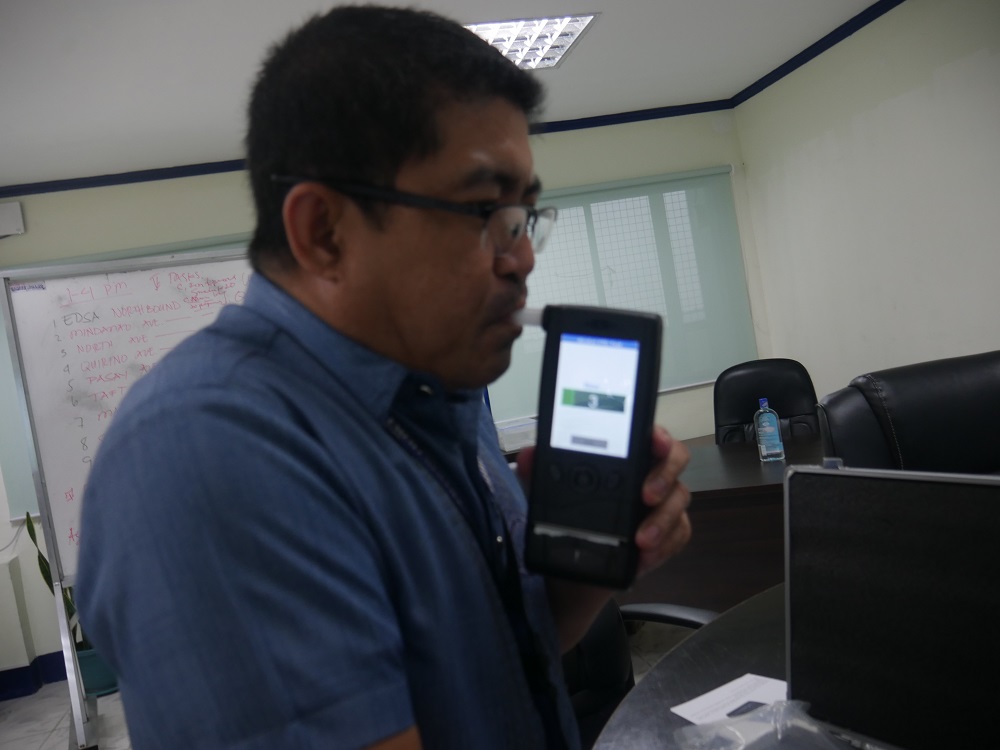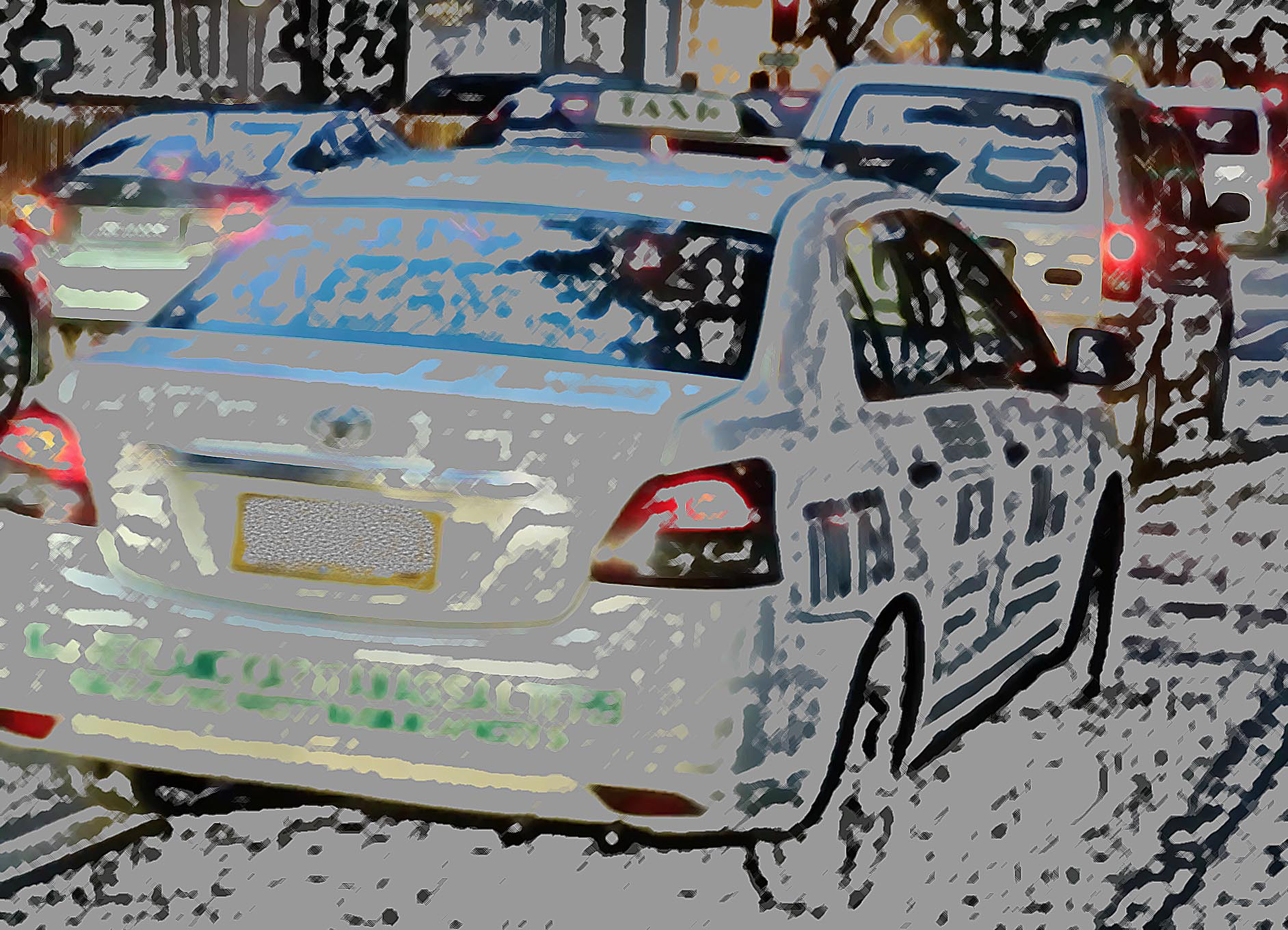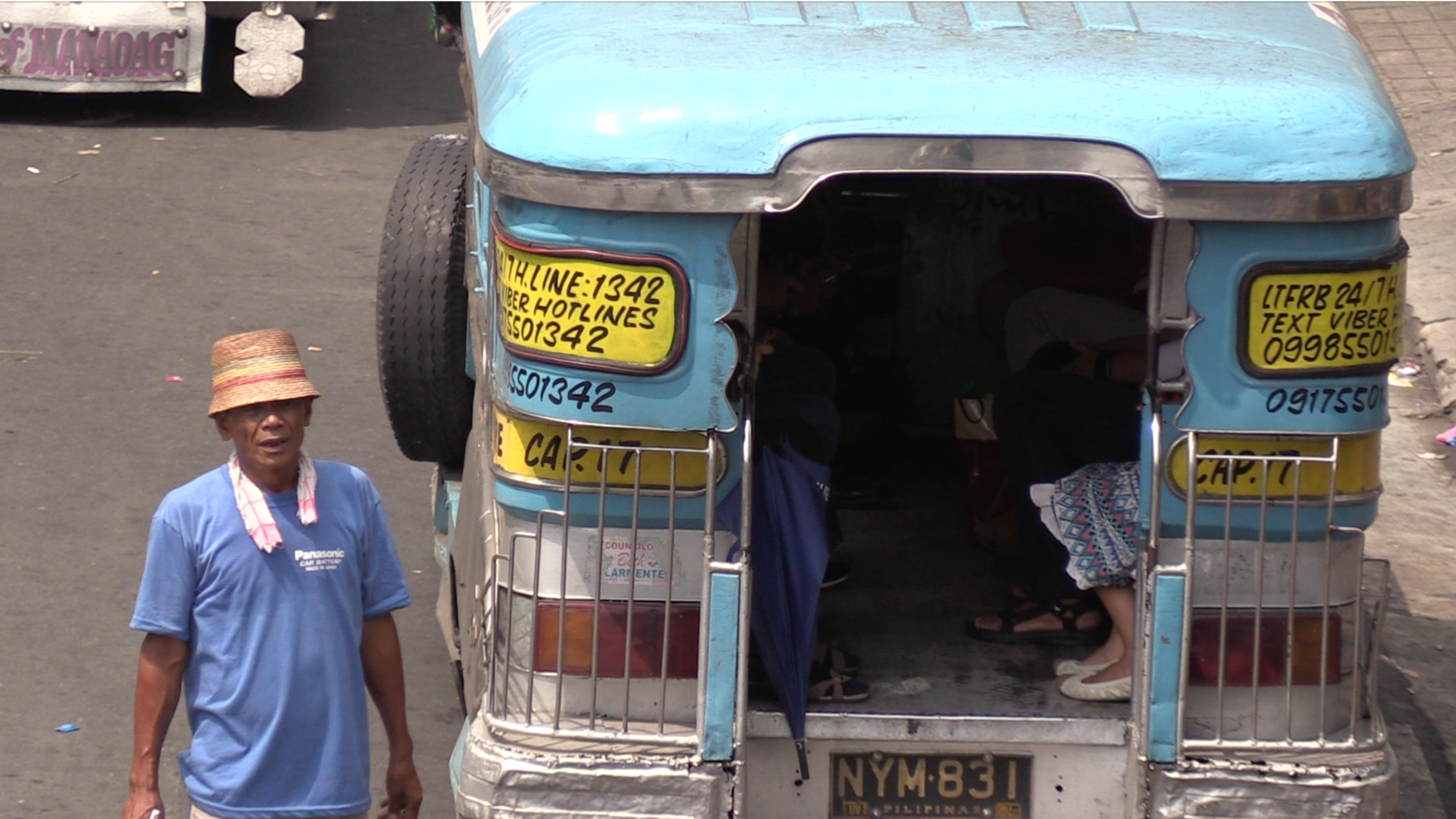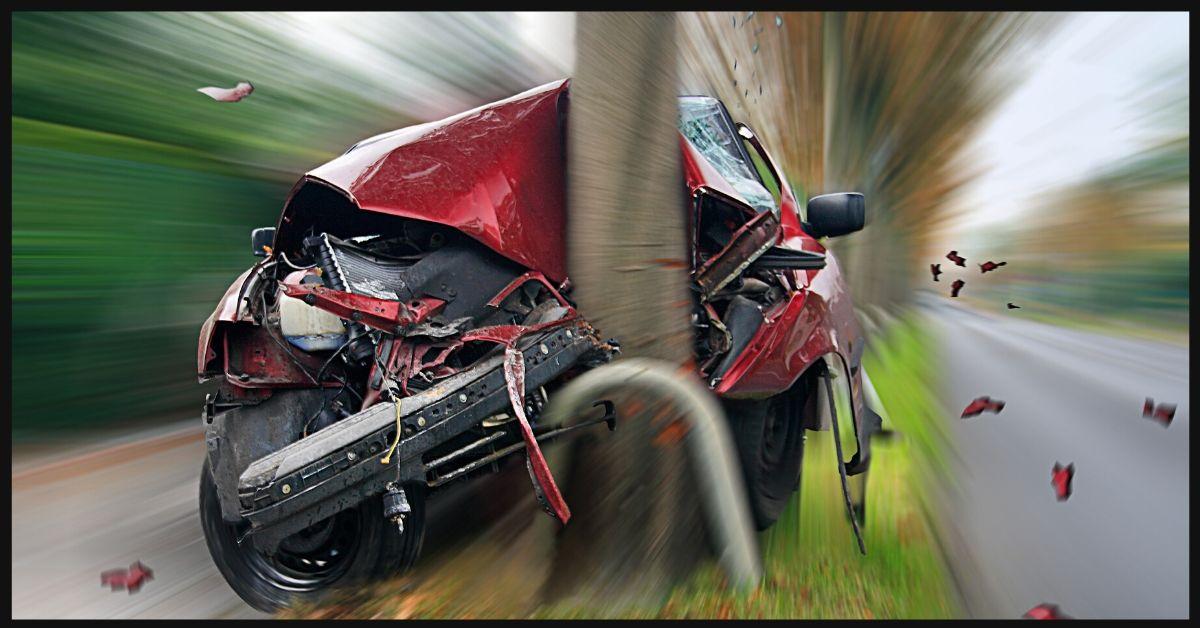DRIVING requires the full use of one’s senses and reflexes, particularly visual acuity and muscle memory.
Avoiding the many hazards of driving cannot be accomplished well if drivers are under the influence of alcohol, and drugs or similar substances that impair thinking and reacting while driving.
Republic Act 10856, also known as the Anti-Drunk and Drugged Driving Act of 2013, is being enforced but has not been powerful enough. Its weakness however is not in the latter, but in the execution.
Many of its provisions are enacted on a limited basis. Sometimes because of lack of resources, such as in the case of breathalyzers and oftentimes due to the lack of manpower in monitoring and apprehending drivers who are driving under the influence (DUI).
Implementing the law is not easy.
It may include checkpoints at areas where there is a concentration of pubs and bars, random checks on vehicles that manifest erratic driving behavior such as driving over the speed limit, weaving, lane straddling, sudden stops and swerving. Drivers who show signs of alcohol and drug abuse such as slurred speech in response to questioning, bloodshot or reddish eyes, flushed face, poor coordination, difficulty in understanding and responding intelligently to questions are usually detained temporarily.
Director Roberto Valera, Chief of the Field Enforcement Division and concurrent Deputy Director of the Law Enforcement Service of the Land Transportation (LTO), said that the law gives the enforcement officers the discretion to choose the violation of the driver.
He stressed that when it comes to the “alcohol” part of the law, the stated protocol limits the enforcement and is only applicable whenever it is practical.
For the “drugs” and similar substances part, there is no protocol yet. This is due to the fact that determination of drug use requires complicated tests.
To evaluate sobriety for example, simple tests such as the eye test or “horizontal gaze nystagmus,” the “walk-and-turn” and the “one-leg stand” are used to determine reflex and response, which is then confirmed by an alcohol breath analyzer test, if the driver fails any of the previous tests.
Drivers with non-professional licenses are only allowed to have at least 0.5 percent of blood alcohol concentration while for professional drivers, a zero reading is a must.
If a driver is apprehended on suspicion of driving under the influence of drugs, the procedure is to hold and detain the driver at the nearest police station where a drug test or Drug Recognition Protocol (DRP) will be conducted.
Valera stressed that their agency is doing their best to implement the law despite the limitations they experience. Among the efforts they implement are random and rapid drug testing of public utility drivers at various bus terminals.
“We coordinate with the Department of Health and the Dangerous Drugs Board for our random terminal drug tests” Valera said.
Based on 2016 data from the LTO, there were 173 probable cause violations, around 223 apprehensions in 2017, and 170 recorded apprehensions in 2018.
Valera said the available figures, though covered nationwide, are limited only to the probable violations related to the alcohol part of the law.
Law enforcement officer Joel Quimpan said that a driver who violates the law will be arrested either by the officer himself through citizen’s arrest or by police officers, if they are present in the area. The driver will then be brought to the nearest police station for the filing of a case followed by inquest proceedings.
“We have a report that will include the result of the breath analyzer which we will turn over to the proper authorities,” Quimpan said in Tagalog. He narrated that the vehicle used by the apprehended driver in the incident will be impounded while the driver’s license will be confiscated.
Cancellation, suspension or revocation are options pending the results of the investigation and are under the discretion of the LTO Chief based on recommendations of a report.
Quimpan said during every 15th and 30th night of the month, operations are conducted in various major thoroughfares. He stressed that it requires both a lot of effort and initiative from a law enforcement officer from the apprehension up to the final disposition of the case.
The LTO has the power to deputize Philippine National Police (PNP) officers, Metropolitan Manila Development Authority (MMDA) officers, traffic enforcers of the different local government units to help as force multipliers in enforcing the law throughout the country.
For the penalties, for the first conviction, non-professional drivers, will have their license confiscated and will be suspended from driving for 12 months. If a second conviction results in license revocation. Professional drivers face harsher penalties—the immediate confiscation and perpetual revocation of their driver’s license.
DUI driving can lead to road crashes. If the violation did not result in any injury or homicide, the penalty will be three months of imprisonment and a fine from P20,000 to P80,000. In cases that result in physical injury, the penalty as described in Article 263 of the Revised Penal Code will be applied—a fine from P100,000 to P200,000, while for cases resulting in homicide, the penalty provided in Article 249 and a fine from P300,000 to P500,000.
Refusal to undergo the sobriety or drug test is punishable by cancellation. Revocation of a driver’s license in addition to other penalties and the operator or owner of a particular motor vehicle driven by the involved driver will also be liable unless he or she will prove that there is diligence in the selection and supervision of his or her drivers.
Valera personally believes that there is a need to amend the law because of the different restrictions it presents. He said that there should be a technical working group that must come up with a concrete proposal that will address the loopholes in the law and will introduce innovation and coordination with the Congress for the amendment.
This story was produced under the Road Safety Journalism Fellowship carried out by VERA Files and the World Health Organization under the Bloomberg Initiative for Global Road Safety.





